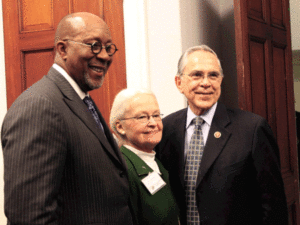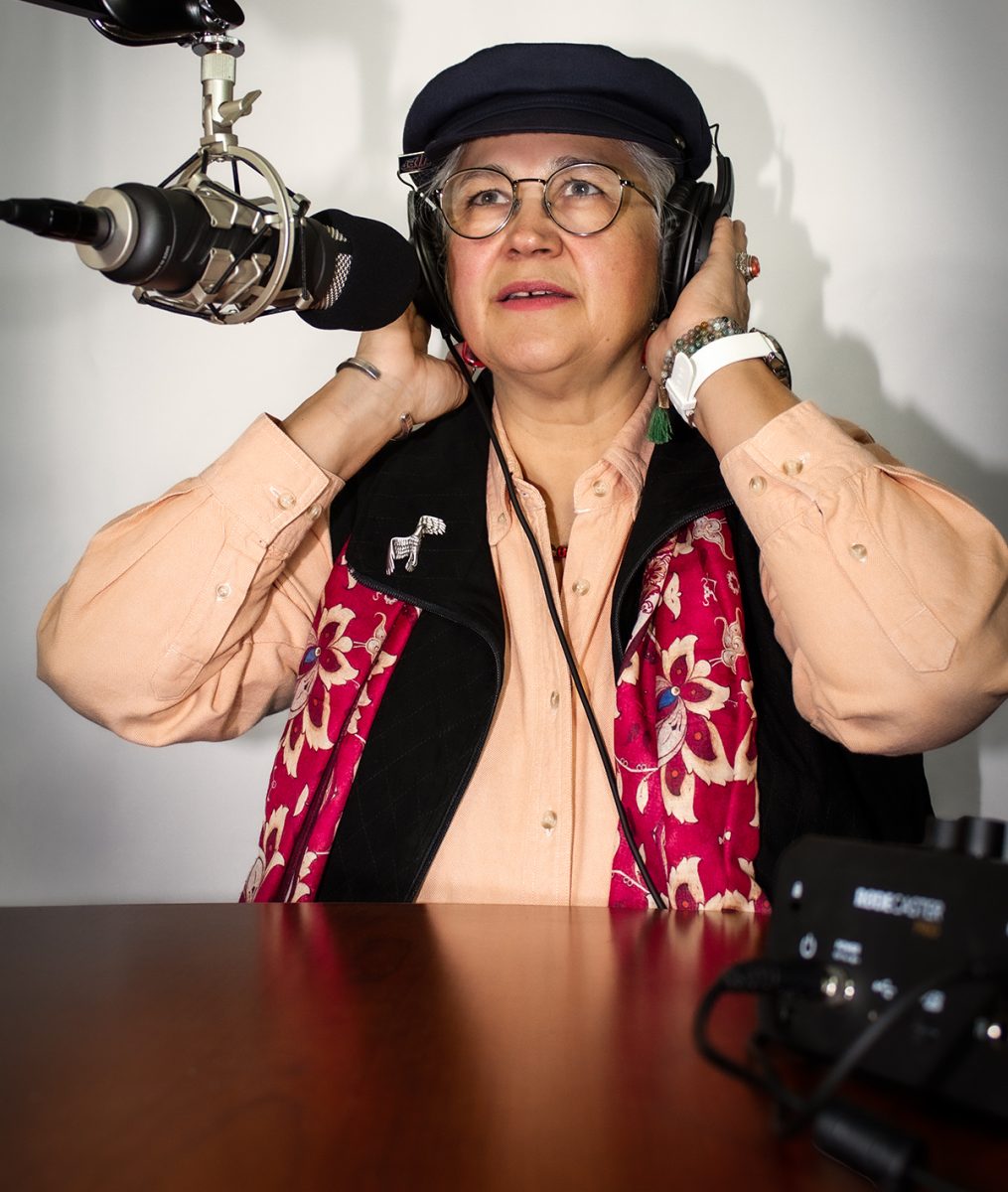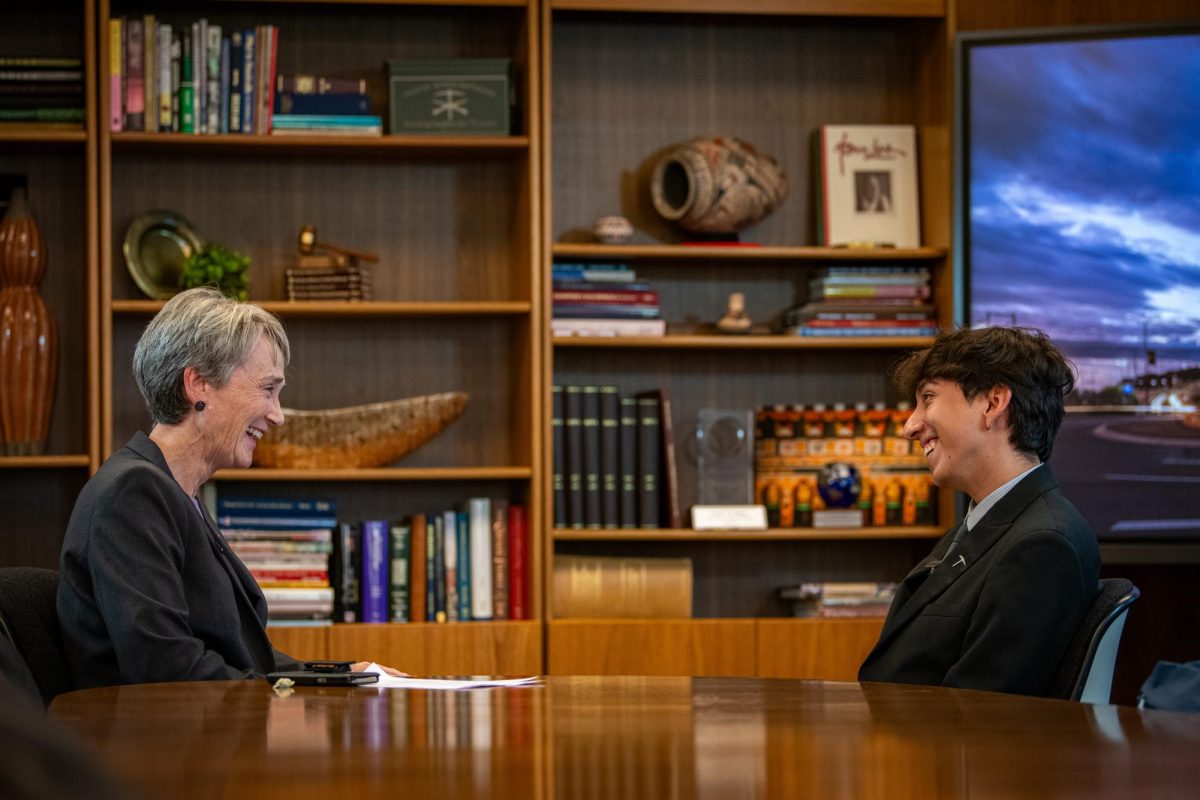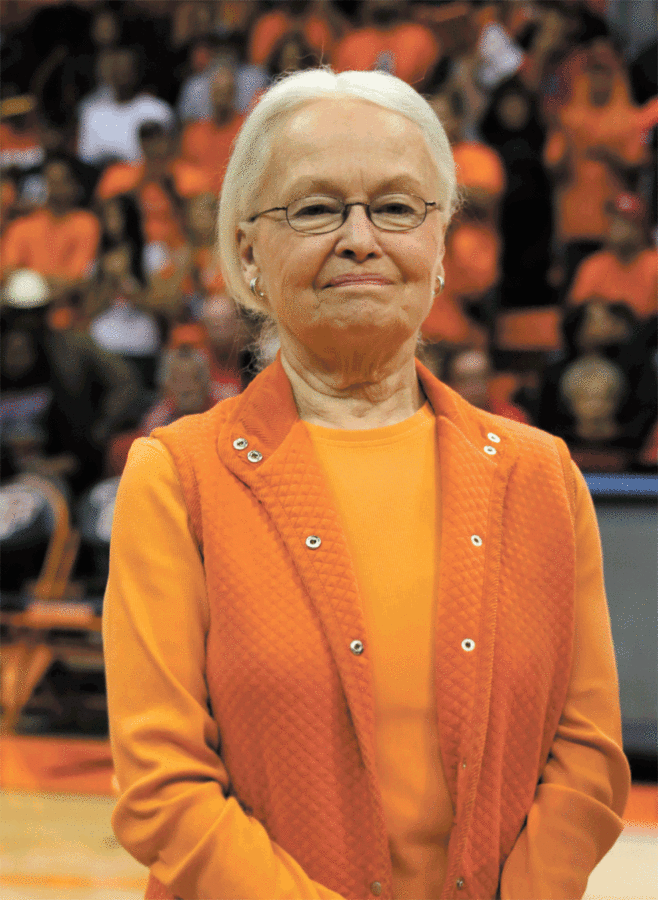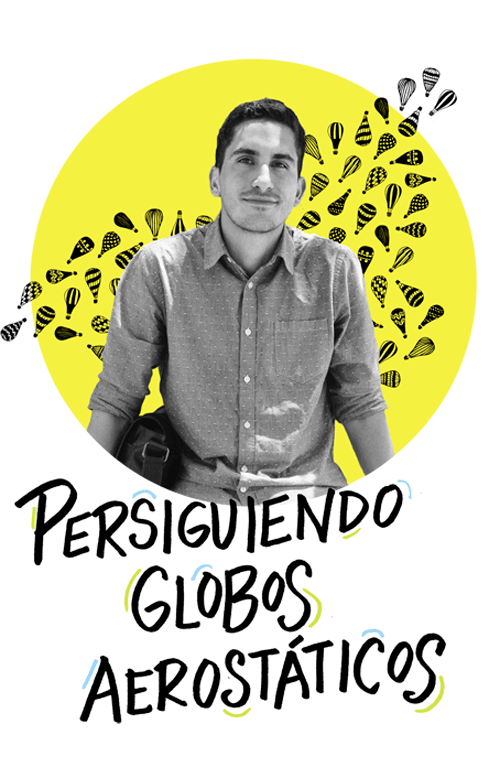By: Jose Soto
“Good morning. Buenos días.” That’s how Diana Natalicio, president of the University of Texas at
El Paso, begins every speech she delivers. “That is intentional,” she says. “It is a small way in which I can communicate to people—not just to Spanish speakers, but the non-Spanish speakers—that there are people who are respected and they don’t happen to speak your language. That doesn’t mean that it’s not important to communicate with them.”
El Paso is the true definition of a melting pot—fusing the American dream with a Hispanic counterpart. The intertwining of both countries into a single community, with the sister cities of Ciudad Juárez in Mexico and El Paso, Texas, creates a unique and eclectic experience for its citizens, making the notion of bilingualism and biculturalism almost impossible to escape.
Natalicio, who’s served as president for 26 years, understands the importance of bilingualism and biculturalism well. “I believe that the capacity to speak more than one language and to experience more than one culture is extremely important in today’s world,” she says. “It is very easy to consider one culture or language to be the right one if not exposed to other ones.”
Natalicio graduated from St. Louis University with a bachelor’s degree in Spanish and went on to travel to Rio de Janeiro, Brazil, as a Fulbright Scholar. She later received her Ph.D. in linguistics from UT Austin. “What most impacted me in Brazil was not only to learn the language, but to be in a place where people didn’t think like the people that I had grown up with in St. Louis,” Natalicio says. “I was confronted with a new language, but also with a new way of thinking. What that does is that it removes a degree or more of confidence that everything you thought, up until that point, is right. Being willing to consider that somebody else’s points of view and perspectives might rival yours is a really good thing because it opens up the possibility that you can entertain many other different ideas.”
The exposure to cultural and language diversity through her studies made El Paso an attractive place to develop herself, both personally and professionally. Natalicio was hired as a visiting assistant professor at UTEP in 1971, shortly after graduating from UT Austin. “The exposure in Brazil
and my studies in linguistics, particularly Spanish, made El Paso a very pleasing opportunity,” she says. “What I found appealing was that you could live amongst two cultures at the same time. The idea that you could move between two languages and cultures was very compelling.”
She was offered a job in New York around the same time. She says that because she was familiar with living in a Latin American society, El Paso seemed more appealing. “Coming to El Paso created a switch from speaking Portuguese to speaking Spanish, which I hadn’t done much other than from my studies,” she says. “I started studying Spanish in high school, but I really don’t know why. I just liked it and was good at it. It interested me more than any other foreign language.”
When Natalicio became president in 1988, the university’s demographics were drastically different. “What bothered me the most was that we didn’t look like El Paso. We were mostly an Anglo-majority university, but the community was much more heavily Hispanic,” Natalicio says. “I believe that the talent is everywhere. It crosses gender, ethnicity, racial and social economic lines. We couldn’t justify not looking like the community as a public university; we’re here to serve the population of the region. If 80 percent of the population is Latino, then that’s the way we ought to look. We shouldn’t be an Anglo island in a Hispanic community.”
Under Natalicio’s leadership, the university began establishing collaborative relationships with neighboring public schools, including those in poorer areas with at-risk student populations, to further increase the attendance of Hispanic students. Awareness of financial aid and scholarships for those who weren’t attending college for monetary reasons increased, so that more talented El Pasoans would be able to obtain a higher education. “It was an institutional value when I became president because it was so critical to our authenticity,” she says. “We should educate the population that is here. We’re located here, our obligation is not to serve people in Iowa or Dallas—our obligation is with the people here.”
Natalicio says there is still much work to be done within the UTEP community. There are many native Spanish-speaking students enrolled at the university and this creates a language hurdle they have to overcome. “There are students who need additional support in English and so it is important to enhance students who may not have learned the language efficiently when they were younger,” she says.
UTEP’s student body is composed of 80 percent Hispanics and 6 percent commuting Juarenses. The university offers classes in English as a second language and certain courses in Spanish to
ensure that these students don’t fall too far behind in their studies. “But to be successful, it is absolutely critical that students who don’t know English, well make that a part of their education because their future is going to depend on it,” Natalicio says.
Last year, Natalicio became the chair of the board of directors for the American Council of Education, which advocates for the importance of higher education to federal agencies.
Natalicio hopes to also draw attention to the importance of bilingualism and biculturalism through this national platform, not just here in the borderland.
“What I want is that everybody recognize that we are in an environment where people speak more than one language,” she says.
Whether exploring the exotic language and landscapes of Brazil or speaking in front of an audience for an event, Natalicio embodies bilingualism. “It is a way to open up the possibility that you can entertain many different ideas,” she says. “You’re not closing the door to other people’s way of thinking. If we can give that opportunity to more young people, it would really do all sorts of good things to the functioning of the world.”
